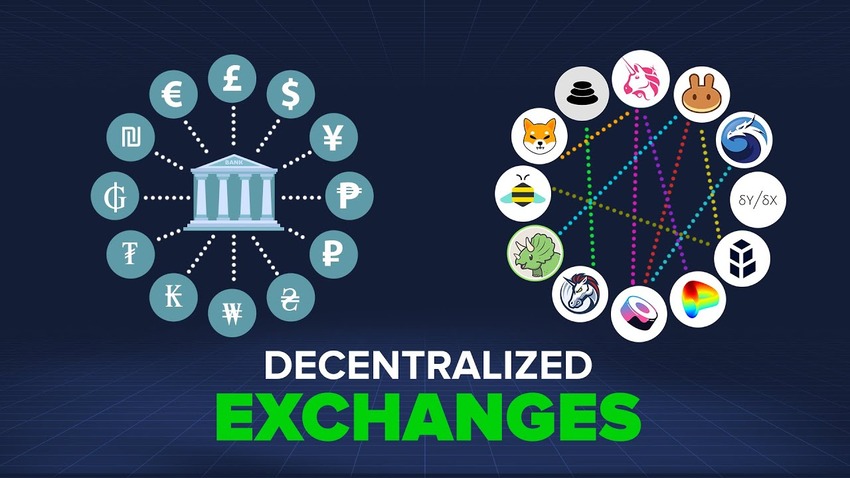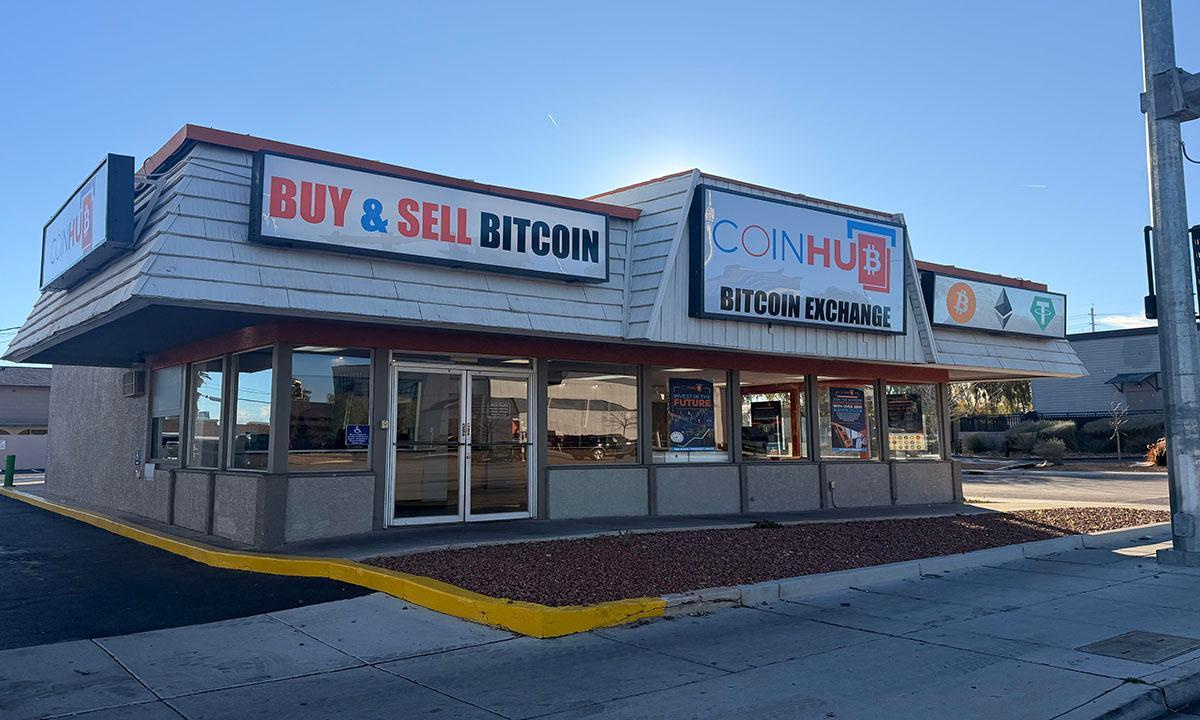Key Insights
- Alchemy posted a report that DEXs increased after Silicon Valley crashed.
- Trading volume for NFTs increased by over 100%.
- Overall, the report revealed that Web3 activity increased throughout the previous year.
Alchemy, a renowned Web3 development platform, recently published a study that suggests that DeFi would bounce back after crypto winter. The report outlines many details about the Web3 space and why a post-winter future seems bright.

DEXs on the Rise
Alchemy’s report highlighted an apparent increase in decentralized exchanges (DEXs) after the Silicon Valley Bank crash a month ago. As a result, many users feared for the safety and access to their funds, so they moved them from centralized exchanges (CEXs) to decentralized exchanges (DEXs).
Data from Chainalysis depicted that hourly outflows from CEXs to DEXs reached an astonishing $300 million at the peak of the furor. In addition, daily transaction volumes on DEXs almost hit 25 million but dropped back to their normal levels by April.
Although the overall DEX trading volume reduced by 38% yearly, it bounced back by 43% within Q1 2023. As a result, between Q4 2022 and Q1 2023, the quarter-on-quarter growth rate of the trading volume went from $1.44 billion to $3.47 billion.Â

Alchemy’s head of growth, Jason Shah, relayed his thoughts about the issue. “The general sense here is that with moving funds into decentralized finance, you may very well have primary needed DEXs once or twice or thrice when the crisis occurs.â€Â
Some other crypto insiders also expressed their minds regarding DeFi rebounding after the crypto winter.
Gokce Guven, co-founder and CEO of a Web3 firm, talked up the ubiquity of NFTs. She mentioned that the practicality of NFTs is becoming more widespread, boosting the current high adoption level.
“There’s a wide variety of use cases for NFTs on the market right now, from collectibles to event tickets and loyalty programs, so it isn’t surprising that such a large portion of the crypto community has entered the space,†she added.
To her, NFTs are simpler to understand for the layman, and many crypto holders also possess NFTs. A crypto insider once opined that “NFTs are more accessible than general crypto. So it’s easier to jump into the crypto space and ecosystem and buy an NFT.â€
Furthermore, Layer-2 scaling solutions were also flourishing. Layer 2 (L2) is a different Ethereum blockchain (from Layer 1) with improved attributes, like reduced fees and tighter security.
Layer-2 bridge transactions surged 518% yearly, even with three infamous crypto bridge hacks that cost more than $1 billion in 2022. In addition, Ethereum Virtual Machine (EVM) smart contracts deployed on Polygon, Ethereum, etc., witnessed a 160% yearly increase.
The report concluded with pointers that this rebound had been in the works since last year. Ethereum weekly SDK installs, such as Ethers.js, Web3.js, and Hardhat, increased 47% yearly to almost $2 million.
However, what does this DeFi rebound mean?

DeFi is Poised for Strong Recovery
To many, crypto winter can be likened to a period of hibernation. In it, wild animals conserve their energy during harsh weather and food scarcity, similar to how the DeFi market has persevered in this bear market.
Yet, multiple reports are pointing to a possibility of a rebound for DeFi after this crypto winter. While DeFi has made giant strides forward, doubts about its ability to thrive fully remain.
Several DeFi projects have improved their security levels to reduce fraud and increased their functionalities to allow users to participate in more technical activities. However, with the increase in interest rates and controversies surrounding regulators, the DeFi market might still seem less attractive to some.Â
As time goes by, the DeFi market will continue to innovate. Therefore, all stakeholders need to pay close attention to all aspects of it.

Disclaimer: Voice of Crypto aims to deliver accurate and up-to-date information but will not be responsible for any missing facts or inaccurate information. Cryptocurrencies are highly volatile financial assets, so research and make your own financial decisions.









